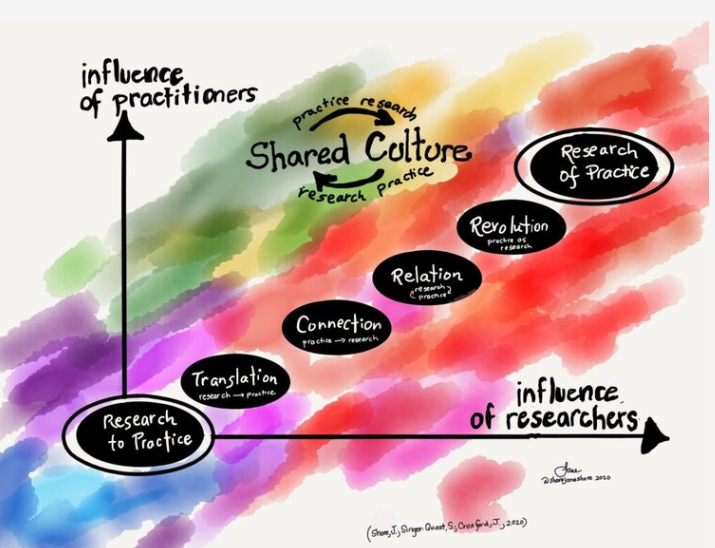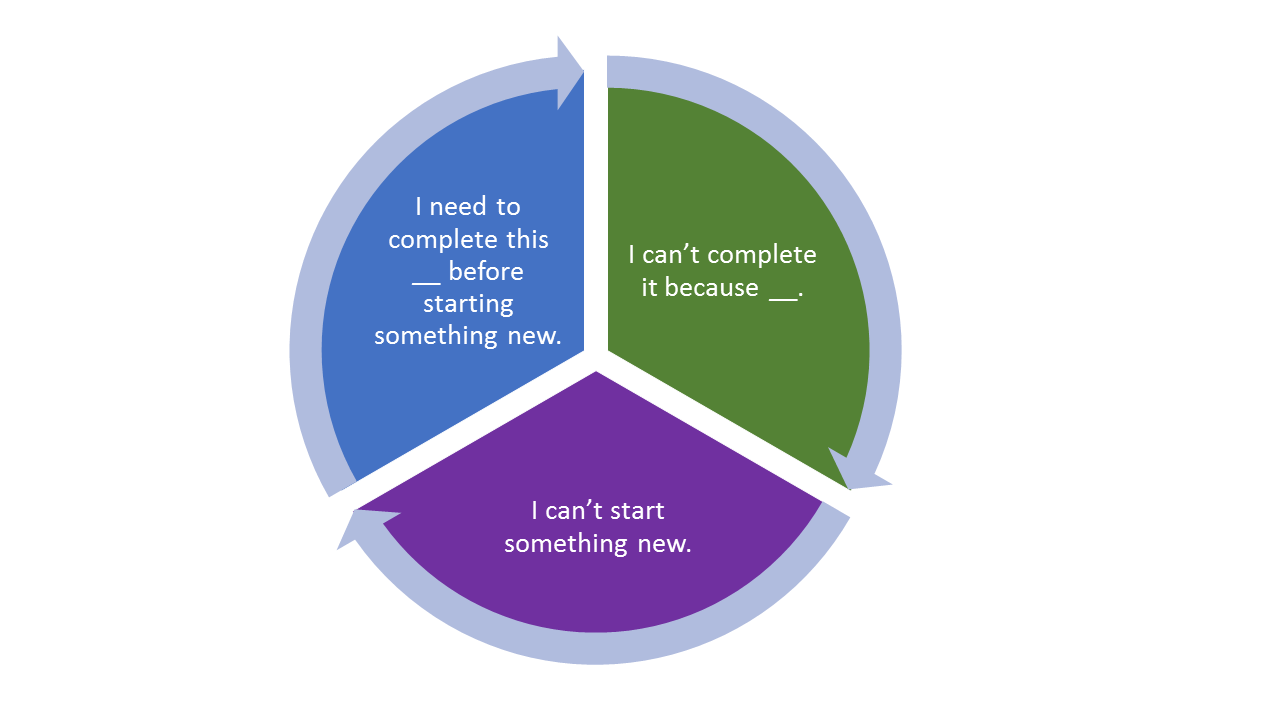Using Inquiry Models to Learn How to Ask Questions
by Janet Salmons, Ph.D., Research Community Manager for Methodspace and author of Your Super Quick Guide to Learning Online and Learning to Collaborate, Collaborating to Learn. See this related Methodspace post: Creating a Culture of Inquiry in the Classroom.
At its most fundamental level, research is about asking questions.
This is true whether we are literally asking questions to participants through interviews or surveys, or looking for answers to our questions in the literature, archives, or social networking posts. If we are not curious, if we don’t know how to ask questions with an open mind, it is hard to be a good researcher. How do you teach someone to be curious? How do you motivate someone to cultivate an inquiring mind? How do you encourage students to develop the creative and critical thinking skills they will need as researchers?
Luckily, educators have thought about these dilemmas and developed models of teaching that replace lectures with engaging learning experiences.
Models of Teaching by Joyce, Weil and Calhoun introduced me to some possibilities-- it is one of the few textbooks that journeyed with me over multiple cross-country moves, from student days at Cornell University to my current bookshelf. (I’m referencing a 2009 edition, and you can borrow a 2014 edition from the Internet Archive.) Even though the authors focus on K-12 teaching, I am intrigued by the potential for personal, social, and inquiry models in higher education. Once I started teaching research methods I wondered: can’t we can use inquiry models to develop inquisitive student researchers? Of course we can!
What are inquiry models?
Inquiry models of teaching aim to stimulate students’ and participants’ curiosity and build their skills in finding, analyzing, and using new information to answer questions and solve problems. As teachers we shift from trying to transfer knowledge, to building new knowledge. Instead of providing facts, we create an environment where students are encouraged to look for new ways of looking at an understanding problems, discern important and relevant concepts, and inductively develop coherent answers or approaches. As Joyce et al. (2009) explain:
Humans conceptualize all the time, comparing and contrasting objects, events, emotions – everything. To capitalize on this natural tendency, we raise the learning environment to give test the students to increase their effectiveness. Working in using concepts, and we hope that consciously develop your skills for doing so. (p. 86)
They suggest 3 guidelines for planning this kind of learning experience (Joyce et al., 2009):
Focus: Concentrate on an area of inquiry, within a specific domain, that is feasible for students to master within the timeframe of the assignment.
Conceptual control: Organize information into concepts, and gain mastery by distinguishing between and categorizing concepts.
Converting conceptual understanding to skills: Learn to build and extend categories, manipulate concepts, and use them to develop solutions or answers to the original questions.
How can we use inquiry models to teach research methods? Online or face-to-face research activities can be developed that apply the Weil et al.’s guidelines. Here are a few ideas that could be used with individual students or as team activities:
Focus: What Joyce et al. defined as focus align with the stages researchers as research design. Activities center on a deep dive into a specific domain. What are the unanswered questions in the materials we are reading or the topics we are discussing? What do we want to know, and what information is needed to answer what questions? Depending on the academic level of the course, the instructor can provide a domain or ask the students to define it. Approaches to gathering information can include online interviews with practitioners, experts, or individuals with experience in the topic at hand. Assignments can include observation of online activities, including videos, social media, communities, and posted discussions. Or, students can be asked to find documents or visual records available online or in digital libraries or archives.
Conceptual Control: Activities within the area Joyce et al. defined as conceptual control align with the stages researchers might describe as data management and analysis. Once information has been collected, students organize, prioritize and explain relationships between key ideas. They move from single-attribute categories to more complex hierarchies of concepts.
Converting conceptual understanding to skills: This is the point where they can begin to develop habits of reflexivity. The above activities are of little use unless students can synthesize and make sense of what they’ve studied. What can they do with what they’ve learned? What skills were developed? What new questions will they need to answer next?
Joyce et al. suggest that learning activities organized in this way utilize inductive thinking, which “increases students’ abilities to form concepts efficiently and increases the range of perspectives from which they can view information” (p. 87). Surely students who have been actively engaged in these kinds of explorations will be better prepared to conduct empirical research.
Reference
Weil, M., Joyce, B., & Calhoun, E. (2009). Models of teaching (8th ed.). Boston Pearson.
























This blog post is the eighth, and final, post in a follow-on to our 2021 “The future of computational social science is Black” series, about a Summer Institute in Computational Social Science organized by Howard University and Mathematica. It continues to bring the power of computational social science to the issues of systemic racism and inequality in America. This marks the third iteration of the successful SICSS model being hosted by a Historically Black College or University.